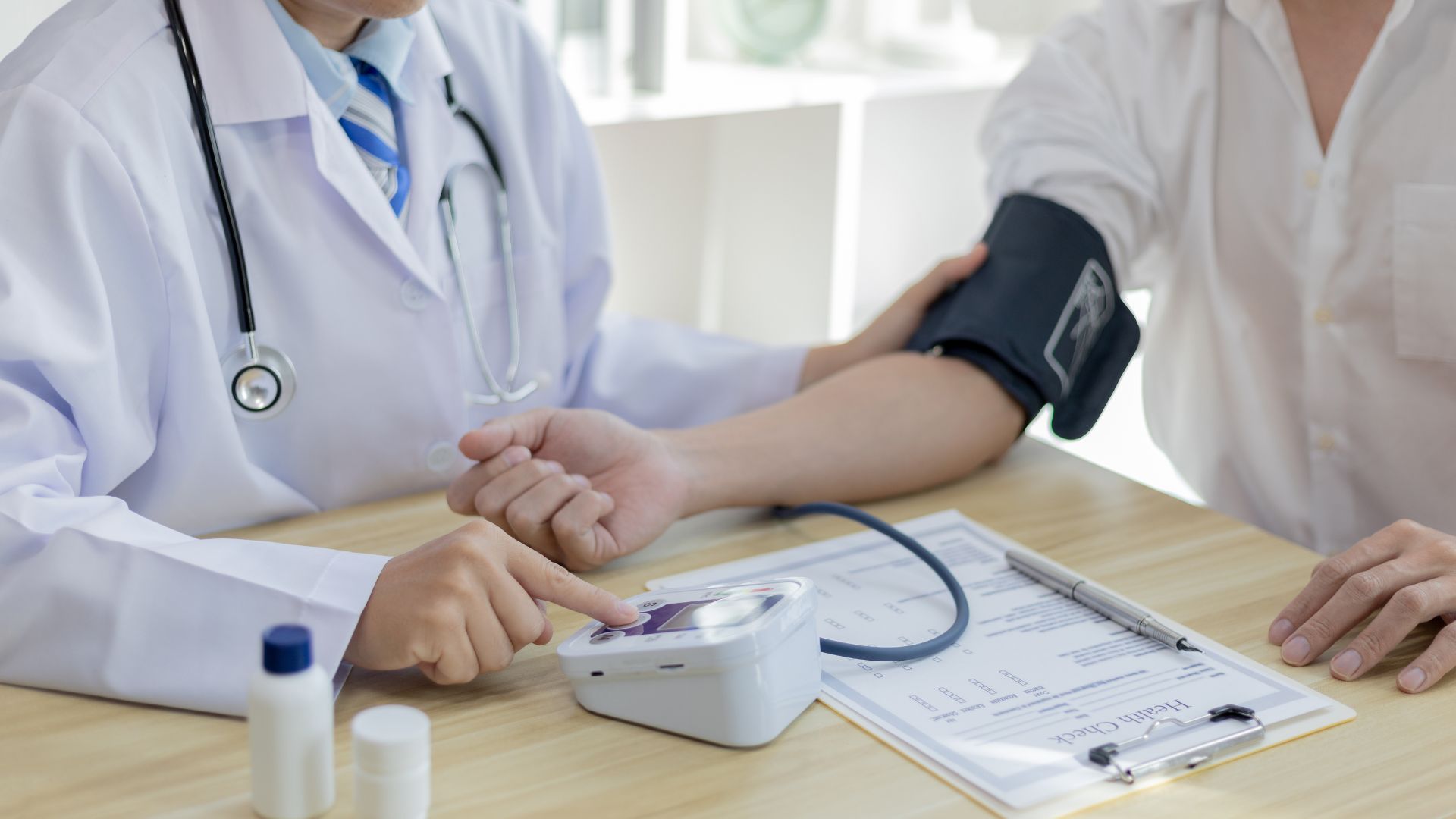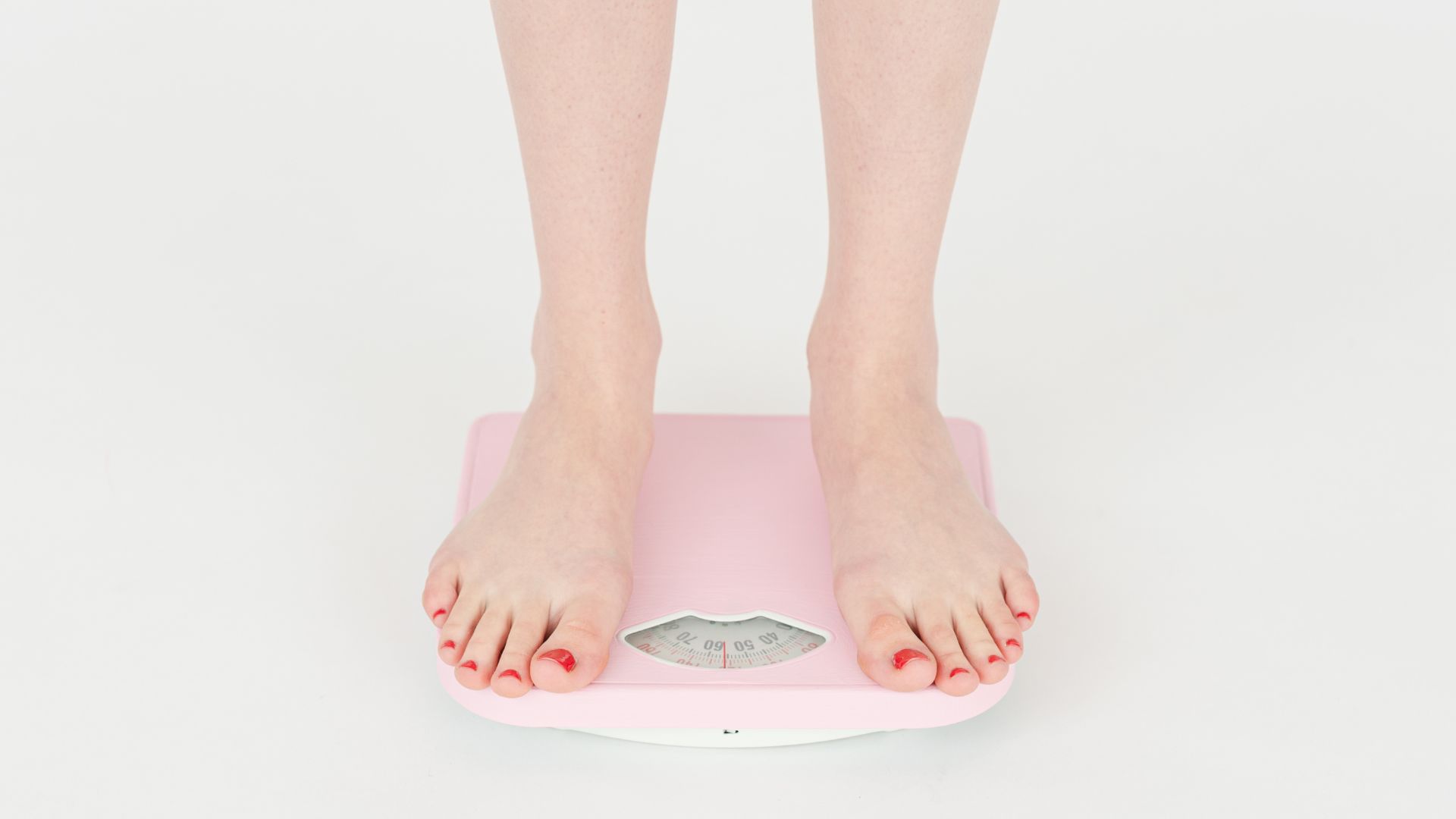This problem that can affect fertility, concerns between 10 and 15% of women between the ages of 25 and 40. But it remains difficult to diagnose.
Every month, because of hormones, the internal lining of the uterus, the endometrium, is transformed to accommodate an embryo. If there is no pregnancy, the endometrial tissue is eliminated: it is the menstrual bleeding. In endometriosis, this tissue is disseminated outside the uterus. It sets itself on other organs: the peritoneum, the intestine, the bladder, ovaries, between the vagina and the rectum, the lining of the abdomen, certain ligaments or on the lungs. These remaining tissues are subjected to the hormonal cycle, and undergo inflammation and bleeding during menstruation, what causes a pain often misunderstood.
Thus, the various locations of endometriosis causes different symptoms. It also explains why, when they occur during the menstrual cycle, the connection is not made. For example, when located in the bladder, it can be confused with recurrent cystitis. Especially when antibiotic treatment appears to succeed. But it’s actually the end of the menstruation bleeding that put an end to the pain.
The causes are still not certain
For most women, during menstruation, a little blood containing endometrial cells pass into the abdominal cavity. For some, these cells survive and settle in the peritoneum. But this only explanation is not enough. There must also be a dissemination through the blood and the lymphatic system so that these cells can develop outside of the abdomen. Another hypothesis points to environmental factors. Thus, exposure to dioxins (POPs) seems to favor endometriosis.
It is important that the disease is diagnosed as early as possible. The more advanced is the disease, more the surgical procedures are long and difficult, because the organs are more damaged. The risk of recurrence is also higher. Furthermore, in 30 to 40% of cases of female infertility, endometriosis is discovered. If the disease is discovered too late, the ovary can be destroyed. But the time between the first symptoms and diagnosis is on average of six to seven years, according to a study published in 2013.
How is this possible? The first two or three years of delay in the diagnosis are mainly because of the patient and his family. “One says to the girl that it is normal to have pain during menstruation. The patient herself may be ashamed. If there is pain during sex, for example, often the patient doesn’t dare to talk”, says a specialist. In the following years, it is rather the medical profession that is responsible. This period goes by with consultations without that the diagnosis is made. One must say that thorough examinations, such as CT scan or magnetic resonance imaging, do not allow to detect endometriosis systematically. The definitive diagnosis can only be done during an exploratory laparoscopy, to see what is happening inside the abdominal cavity. Ideally, the treatment is carried out during this procedure.
However, the traditional gynecological examination may also very well reveal endometriosis. If the examination is painful, and it often is, the gynecologist must ask himself the question. Excessive pain (6 on a scale of 10) during menstruation should also be a hint. As well as deep pain during sexual intercourse (7 of 10). Other obvious symptoms: deep rectal pain when the patient has bowel movement and cystitis coming back every month. But there are cases where endometriosis is asymptomatic.
What to do to stop the disease? There are drug treatments: the pill or specific hormones (progestin). But it may be necessary to operate to reduce endometriosis lesions. In these cases, you really have an experienced surgeon.
In severe cases, it is necessary to completely block hormone production, which dries the endometrium and causes menopause. This can be done transiently for women who wish to have a child. They are first operated to remove a maximum of endometriosis lesions. Then, after hormonal stimulation by injection, in vitro fertilization is performed. Studies clearly show that this treatment increases the chances of pregnancy.
Focus on Mediterranean diet
Apart from drastic treatments offered to women, patients are also advised to pay attention to their lifestyle and diet. The Mediterranean diet (rich in fruits, vegetables, cereals and olive oil, low animal proteins) seems to be a good weapon in the fight against endometriosis. The literature shows that saturated fat, for example, favor endometriosis, probably because of their pro-inflammatory effect. Experts also believe that complementary medicine, such as acupuncture or Chinese medicine, can have a beneficial effect.







